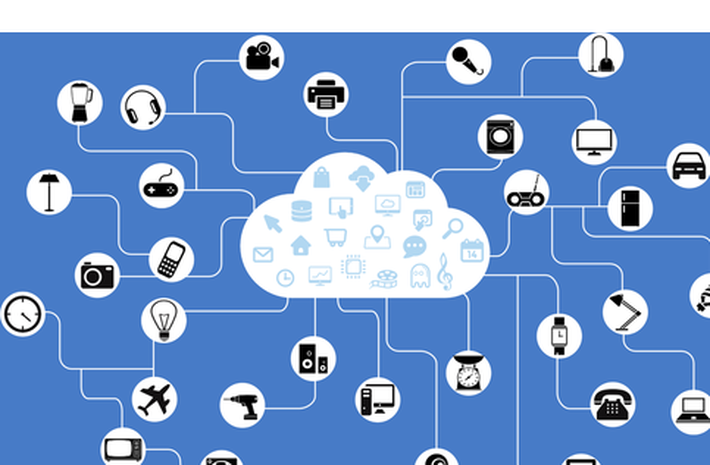
Published on 11/30/2016 | Technology
A split-second delay may lose the value of your data! Data that you have right now may not mean much after a minute, hour or a day.
If we are spot on, then there are going to be around 25 billion connected devices in internet by 2020. The sensors are becoming cheap and more accessible. But the obstacles in using the data they produce still may exist beyond the initial days of the sensors wide spread adoption.
The speed with which the data can be processed and make sense out of it drives the value of the data. The processing is bottlenecked by the data storage available for the big data, the location of storage, the network traffic to take the data to the processing location, the processing power of the computers and the cost associated with ensuring best of all these requirements.
Here comes the role of Edge Computing. It ensures the data is filtered and processed to the best suitable way at the edge locations in the IoT network. It can ensure that the analytics that are crucial to the protection and controlling of the sub-systems are performed around its controlling area. The data that is required for a mass analysis only need to be sent to the central locations. It ensures the low latency with the use of local networks, the lower amount of data and the location awareness. The low end systems required may also help in reducing the cost further.
The Edge computing can also ensure that fully operational sub-systems are part of the IoT network. This means, even if there is no connectivity to the centralised locations, the normal operations and processes can be carried out without any interruption. The re-connection to the centralised locations will be used for the healing process and configuration changes that are required.
The Edge computing has found a wide spread acceptance. A larger consortium is working on a Fog Computing model in which computing, storage, control and networking power may exist anywhere along the architecture. While Edge computing peforms the processing and analytics at devices that are close to the network’s edge, Fog computing would perform these on anything from the network center to the edge.
As losing the relevance of the data due to slow decisions is not acceptable in critical applications, efficient ways that ensure near-instant intelligence that is needed are welcome in innovative forms!
This article was originally posted on LinkedIn.